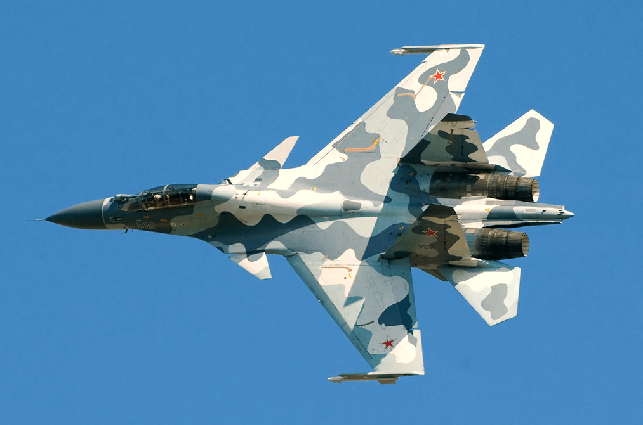Since World War II, the US has faced a serious threat from the Soviet and later Russia’s growing air power. China could soon outflank Russia to occupy that position. And if Chinese and Russian combat technology comes together, it could put the US-led NATO at greater risk.
A study by The Royal United Services Institute (RUSI), the oldest defense and security think tank in the world, stated that for the first time since 1945, the most significant aerial threats to Western air capabilities are shifting. It says that China has developed an advanced indigenous combat aircraft, sensor, and weapons industry that is outstripping Russia’s.
“As the superiority of Chinese weapons systems and airframe manufacturing capacity over Russian equivalents becomes increasingly obvious, countries with political alignments or budgets that preclude relying on Western aircraft will look increasingly to Beijing rather than Moscow for equipment, especially as Soviet-era fleets continue to age out.”
Experts have pointed out that Chinese fighters are copied versions of the Russian weaponry. Last year, Russian state defense conglomerate Rostec openly accused China of illegally copying its weaponry through reverse engineering.

“Unauthorized copying of our equipment abroad is a huge problem. There have been 500 such cases over the past 17 years,” said Yevgeny Livadny, Rostec’s chief of intellectual property projects. “China alone has copied aircraft engines, Sukhoi planes, deck jets, air defense systems, portable air defense missiles, and analogs of the Pantsir medium-range surface-to-air systems.”
Several experts have raised alarm over blatant copying since the 1990s. Reportedly, after the Soviet Union’s collapse, it sold China its Su-27 and Su-30 fighter jets along with the S-300 missile systems. The People’s Liberation Army (PLA) later used them as blueprints to develop J-11, J-15 and J-16 fighter jets. It used the template for S-300 to develop its own version of the surface-to-air missile system, HQ-9.
According to Justin Bronk, a research fellow specializing in combat airpower and technology at RUSI and the author of the study, Russia and China are currently dependent on the Su-27/30 ‘Flanker’ family of combat aircraft and its derivatives. “They have also both pursued a fighter with low-observable (LO) – also known as stealthy – features, alongside increased multirole capability for their main fighter fleets. However, a clear Chinese lead is now emerging over Russia in most technical aspects of combat aircraft development,” he wrote.

He added that integration of AESA radars, new datalinks, improved EW systems and increased use of composites gives the Chinese fleet of J-11 and J-16 combat superiority over Russian S-35s.
In line with Xi Jinping’s vision of a ‘world-class military’ by 2049, China’s military spending is about four times that of Russia. Beijing spent $260 billion last year whereas, Russia’s military spending stood at only $65.1 billion, according to Statista. This gives an edge to the Chinese defense industries over the Russians.
Meanwhile, Sebastien Roblin of Forbes pointed out that the Chinese military isn’t superior to the Russian military as the latter holds more combat experience with its fighter jets and bombers deployed in Syria. He added that the Russian MiG-31 interceptor, Tu-160 and Tu-22M supersonic bombers, and the Su-25 ground attack jet still do not have any Chinese equivalents.
The author of the study concluded that if Chinese and Russian combat technology come together, it could wreak havoc for the western alliance, NATO.
Follow EurAsian Times on Google News




